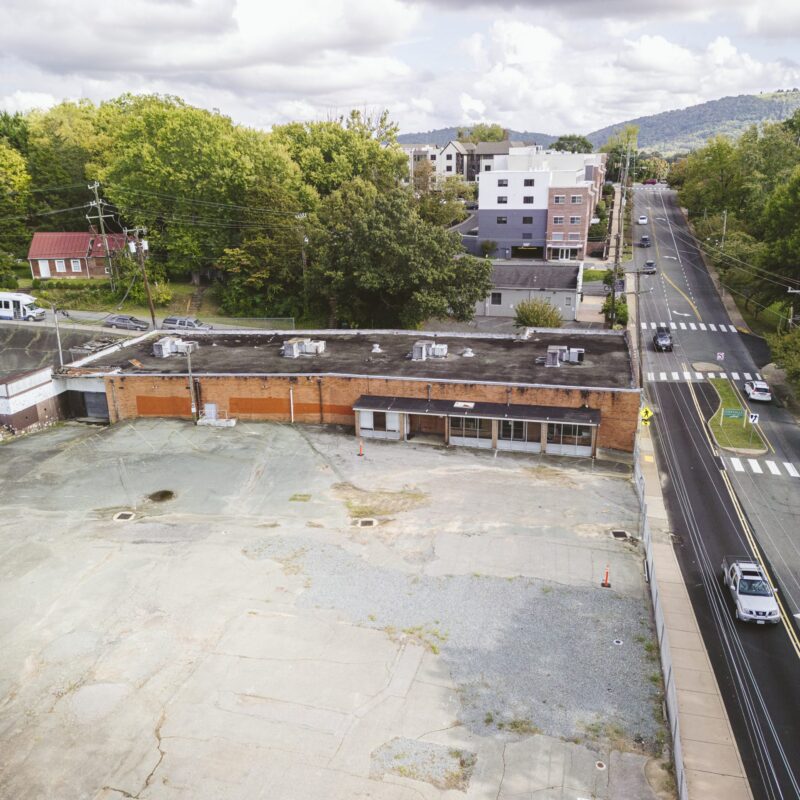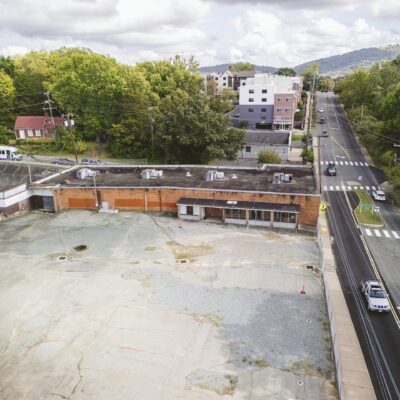Rivanna Water & Sewer Authority Executive Director Tom Frederick says the latest round of dredging feasibility reports raises two questions for citizens, "depending on their advocacy." Those questions include whether dredging the South Fork Rivanna Reservoir might offer a cheaper way to increase the community’s water supply volume (compared to, say, reservoir expansion and a new earthen dam) and whether dredging could benefit the reservoir "as a community resource."
"We believe the answer to the first question is ‘no,’ and the second question is ‘yes,’" says Frederick in a press release that stands by RWSA’s plan for a new reservoir. The release also asks the authority to "consider a solicitation for fee proposals from private contractors to determine more clearly if it is cost-effective to dredge the upper end of the South Fork reservoir with sand recovery."
The reports are available here; read on for more.
Frederick says the price to expand Ragged Mountain Reservoir is "significantly less on a cost per unit of storage added" than a two-part dredging plan examined by HDR Engineering. The estimated cost to dredge 1.1 million cubic yards of sediment in the reservoir—"only 22 percent of the 5.0 million cubic yard target that Gannett Fleming evaluated in 2004," according to the press release—falls between $34 million and $40 million. The press release adds that the dredging plan would add 228 million gallons of additional storage to the reservoir, compared to 1,726 million gallons gained in a reservoir expansion.
A 26-page report on potential reuse of dredged material shows a few substantial cost differences between what’s currently available in the city and what might be produced by dredging. Sand dredged from the reservoir might save the city and county anywhere from $35 to $56 per cubic yard, depending on whether the material is screened and how far it is delivered, according to the report. Potential savings estimates on topsoil and fill are generally lower and, in some cases, project losses.



